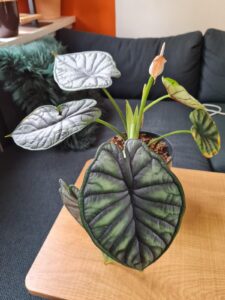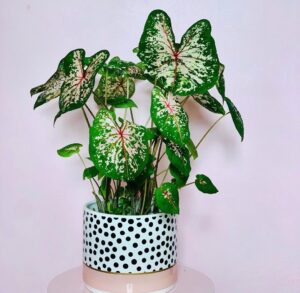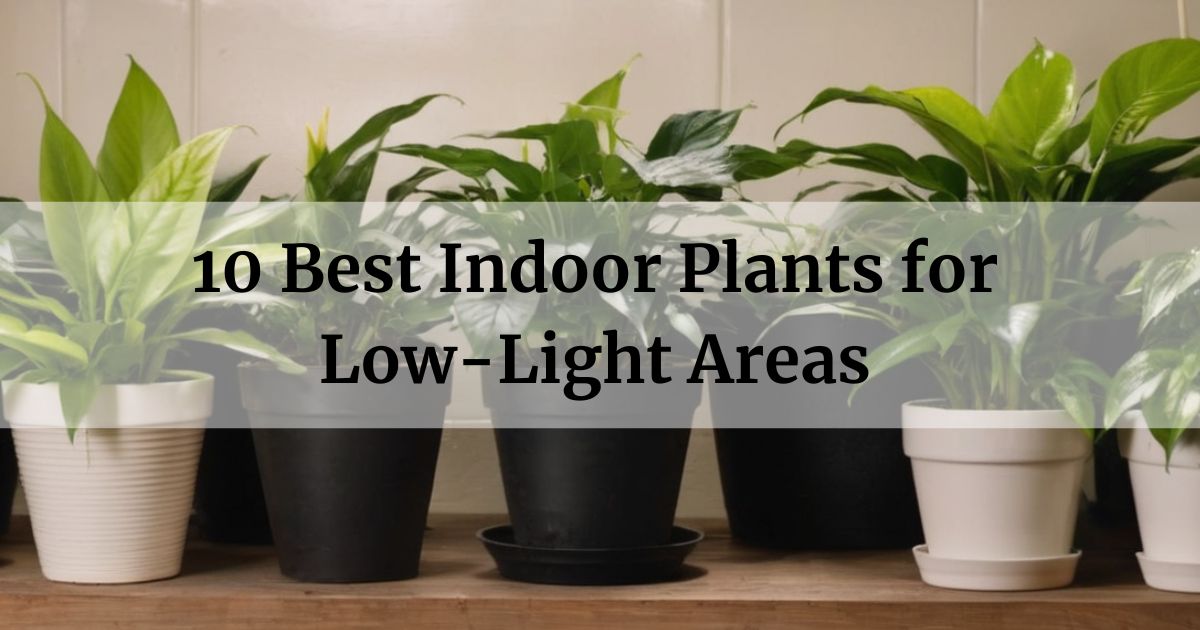
If you have a dark bathroom, basement or living space lacking sunlight, there are plenty of low-light tolerant houseplants suited to these conditions. This list highlights 10 top-performing indoor plants that thrive with minimal care in areas receiving little natural light. These plants will bring green life to even the darkest of rooms.
In this article
Pothos
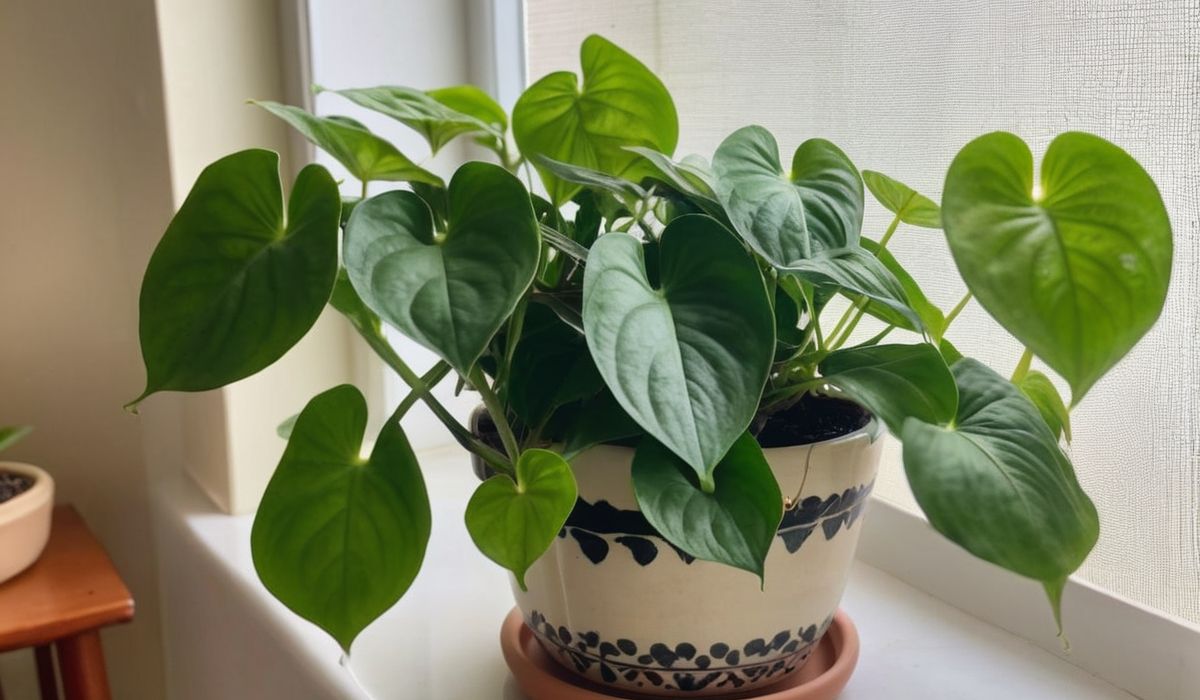
- Size: Vines can grow up to 30 feet but easy to keep trimmed.
- Pot: Any size 4″ or larger. Repot when roots fill container.
- Watering: Allow top 1-2″ of soil to dry between waterings. Very forgiving of dry soil.
- Suitable for beginners: Extremely low maintenance. Even the most neglectful green thumbs can keep pothos happy.
In my experience Pothos‘ varied leaf patterns and hardiness make it one of my favorite privacy screens for darker areas of the home. Additionally, Pothos plants are known for their air-purifying qualities, plus they are extremely low-maintenance.
Snake Plant
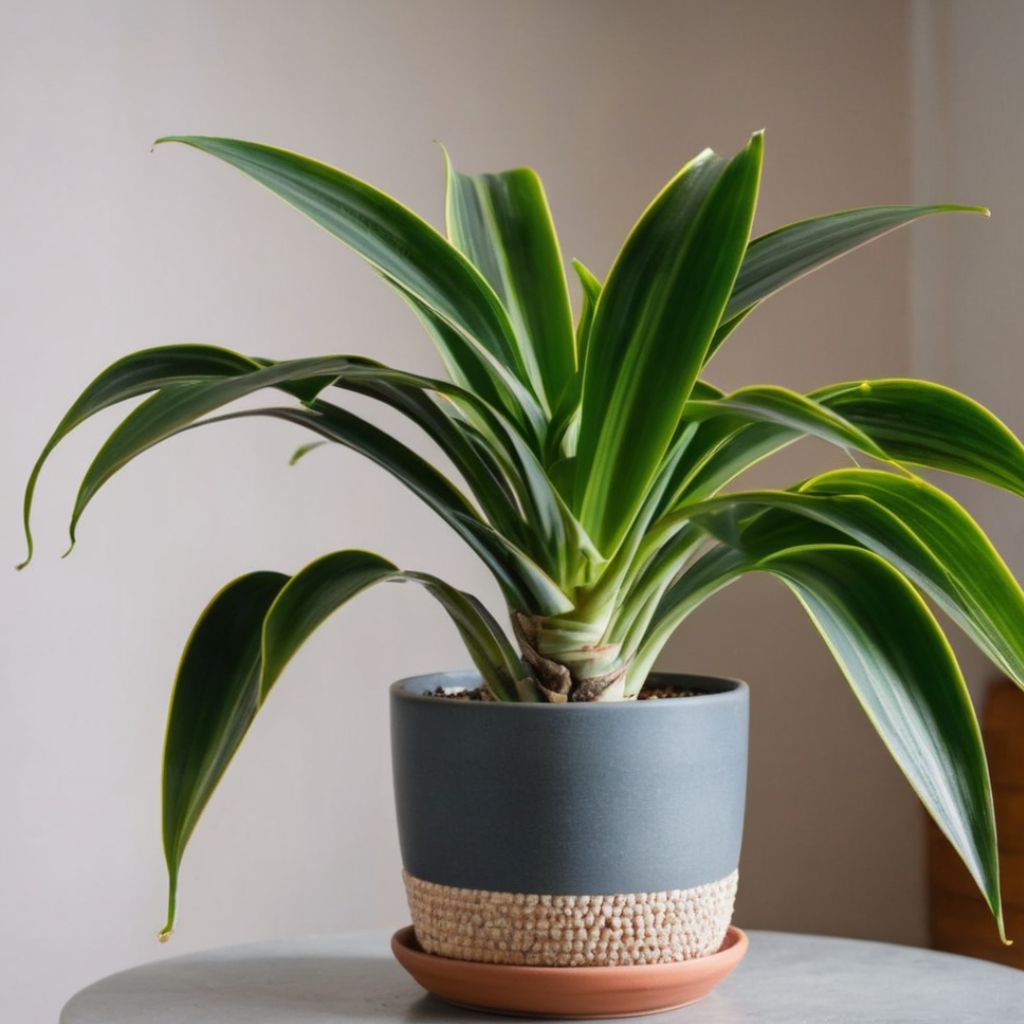
- Size: Grows 2-3 feet tall and 1-2 feet wide. Very slow growing.
- Pot: Terra cotta or plastic 6-8″ pot.
- Watering: Wait until soil is completely dry to water every 2-4 weeks.
- Suitable for beginners: Absolutely. Perfect for those with a “brown thumb” tendency to overwater.
Snake plants‘ upright grass-like foliage adds architectural appeal without much effort on my part. And I think the look pretty cool too.
RELATED: My Top 5 Most Beautiful Houseplants
Chinese Evergreen
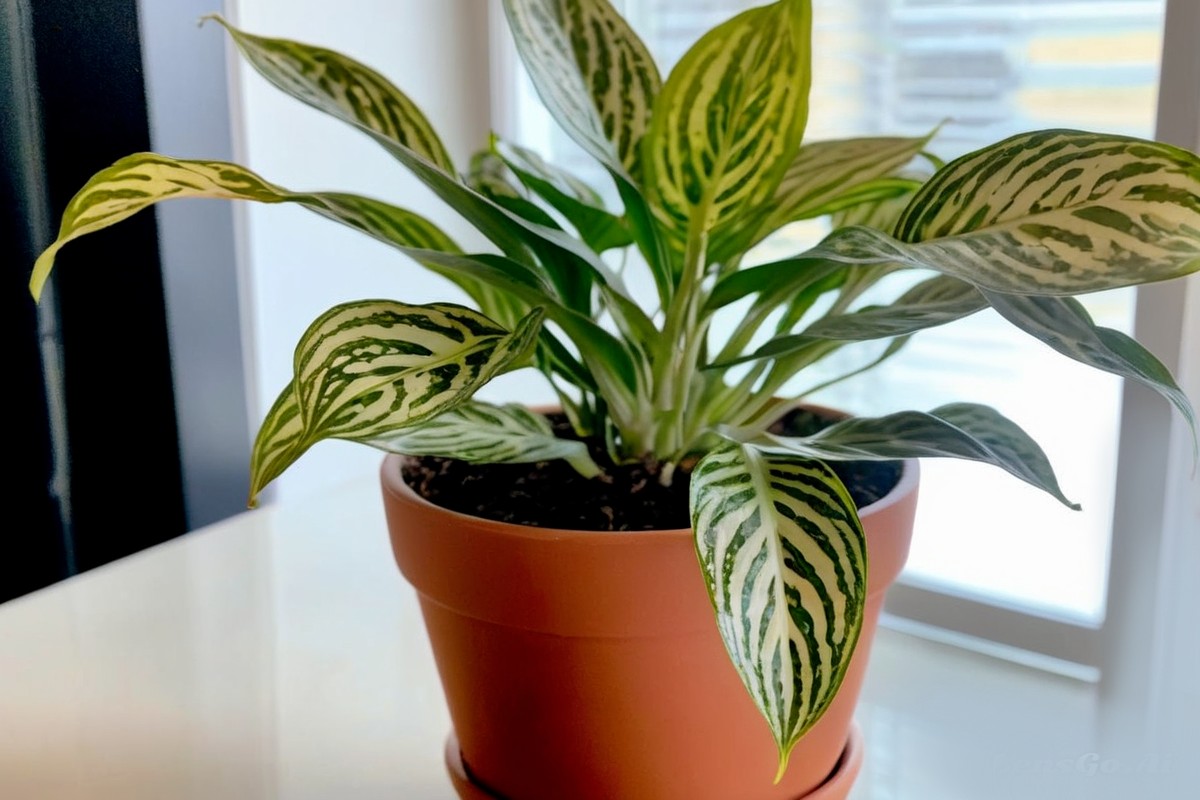
- Size: Reaches 2-4 feet tall and wide depending on variety.
- Pot: 6-10″ diameter terra cotta or plastic.
- Watering: Keep soil slightly moist, allow to partially dry between waterings.
- Suitable for beginners: Yes, very hardy and forgiving of mistakes. Just don’t overwater.
I love how colorful the Chinese evergreen plant is. Great for bathrooms and keeping around pets.
Bamboo Palm
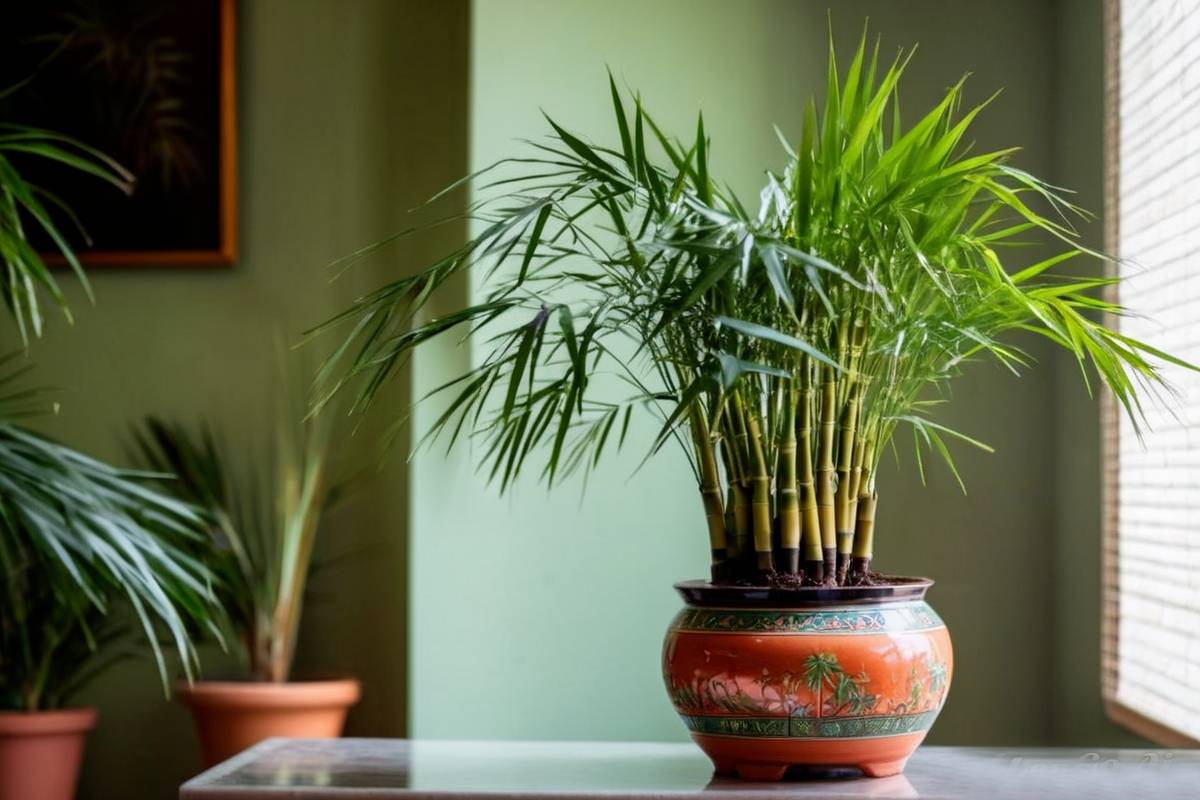
- Size: Will get 6-10 feet tall indoors, can be pruned smaller
- Pot: 6-8″ diameter, terracotta or plastic
- Watering: Water when top inch of soil feels dry
- Suitable for beginners: Yes, hardy just don’t overwater the crown
I think the bamboo palm‘s upright habit adds an appealing tropical feel despite low light.
Cast Iron Plant
- Size: Grows 1-2′ tall and wide
- Pot: 6-8″ pot to allow room for spreading roots
- Watering: Allow soil to dry between waterings, but don’t let dry out completely
- Suitable for beginners: Very tolerant of mistakes, rebounds well from dry spells
I’m always impressed by this plant’s ability to thrive while weathering the elements in my home.
Peace Lily
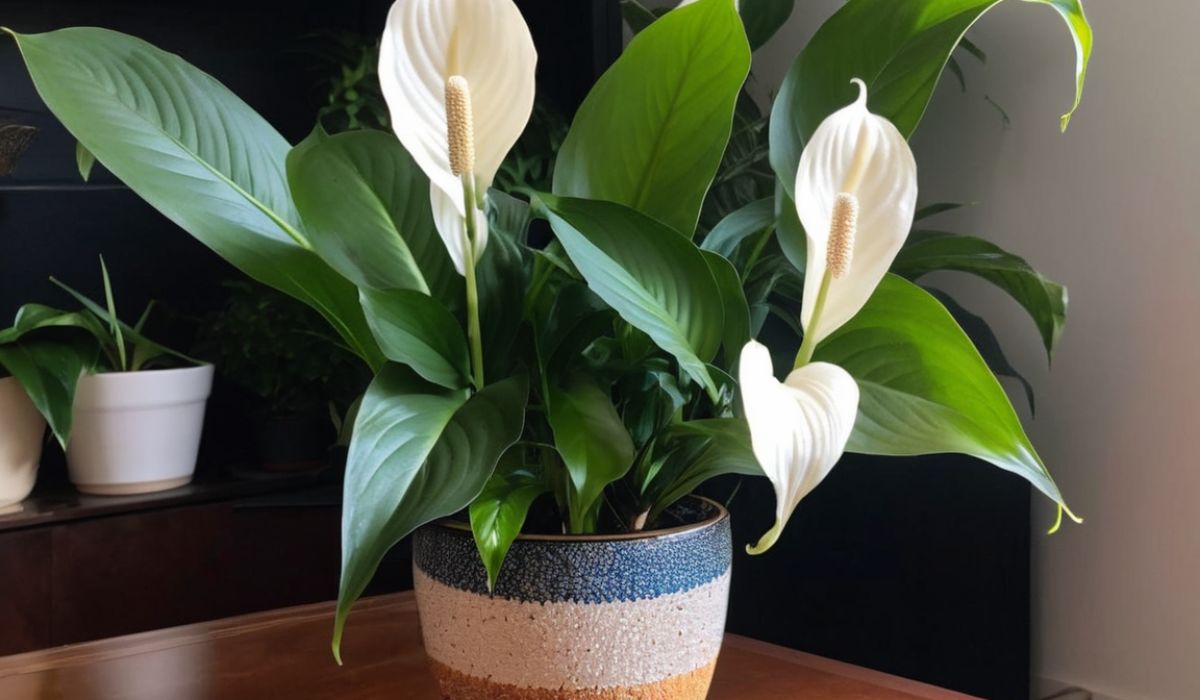
Peace lilies are generally grown as potted houseplants in the United States, as most areas are not conducive to growing this plant outdoors. If you have potted peace lilies, you can move them outside during the summer months. But once temperatures dip in the fall, bring them back inside.
- Size: Grows 1-3 feet tall and wide
- Pot: 6-8″ plastic or terracotta pot
- Watering: Keep soil moist, avoids drying out completely
- Suitable for beginners: Yes, but needs regular moisture and humidity
I love how dramatically peace lilies respond when they need water.
Spider Plant

- Size: Trailing stems can reach 3-4 feet long
- Pot: Any size 4-6″ terra cotta or plastic pot
- Watering: Water when top 1-2″ of soil is dry
- Suitable for beginners: Extremely easy to care for and propagate
Spider plants are such cheerful low maintenance plants that readily share their “babies” to populate more garden spaces. They are personally one of my favorite plants.
English Ivy
When growing English Ivy indoors it is important to use a pot with drainage holes. And if you plant it outside be warned it will take over anywhere that its planted in!
- Size: Can grow very large if given support, otherwise trails
- Pot: Any size depending on use, 4-6″ pots for tabletop
- Watering: Keep soil slightly moist, allow to partially dry between waterings.
- Suitable for beginners: Yes, very tolerant though can be toxic for pets
I love English ivy’s casual trailing habit but beware, those tiny berries are harmful if eaten by animals.
RELATED: Which Herbs Are Safe to Grow Indoors with Cats?
Dwarf Umbrella Plant
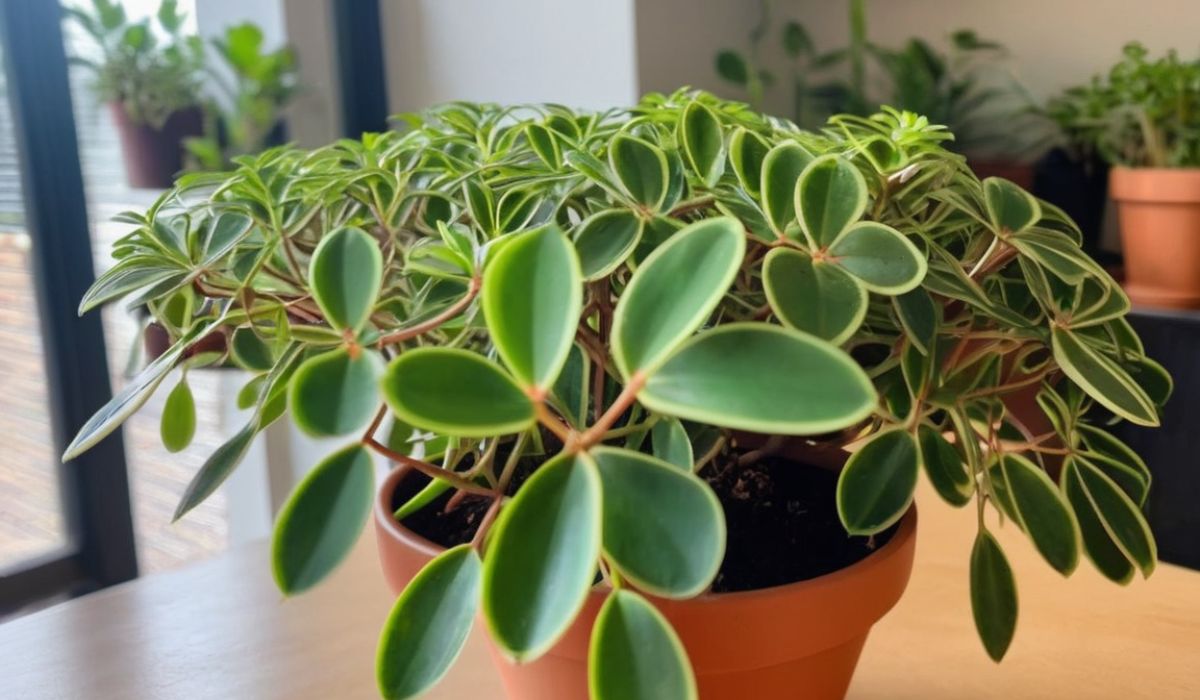
Growing dwarf umbrella plants indoors can be a fun and rewarding experience, but it’s important to choose the right pot to ensure your plant thrives. The pot should be large enough to accommodate the plant’s roots, but not too large that it will hold too much moisture. Additionally, it’s crucial to make sure the pot has drainage holes at the bottom to prevent water from accumulating and causing root rot.
- Size: Reaches 1-2′ tall and wide
- Pot: 4-6″ diameter
- Watering: Keep soil moderately moist, allow top portion to dry slightly
- Suitable for beginners: Yes, and more compact than regular umbrella plant
The dwarf variety is perfect for smaller spaces needing a tropical touch from its bold leaves.
ZZ Plant
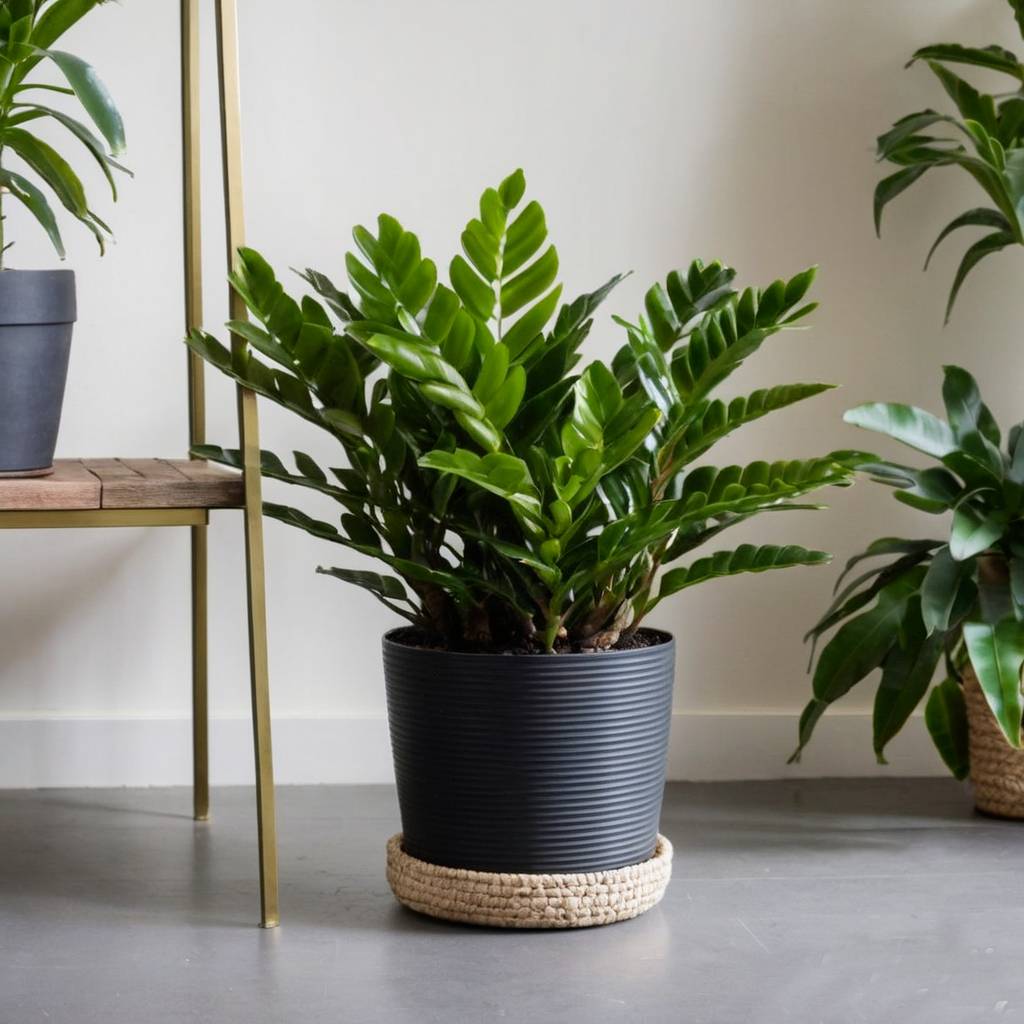
- Size: Reaches 2-3′ tall
- Pot: 6-10″ diameter
- Watering: low-maintenance houseplant and is highly drought-tolerant. It can handle infrequent watering thanks to its thick rhizomes that store water.
- Suitable for beginners: an excellent choice for beginners, as it is very forgiving and can tolerate a variety of light and water conditions
In my experience, the ZZ Plant is incredibly resilient and can thrive in various lighting conditions, making it a perfect choice for those new to indoor gardening, and it is a beautiful addition to any indoor environment.
Thank you for reading!
Happy gardening


